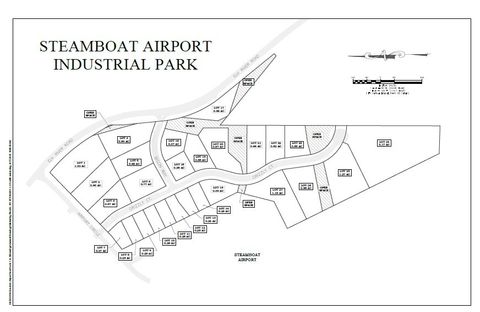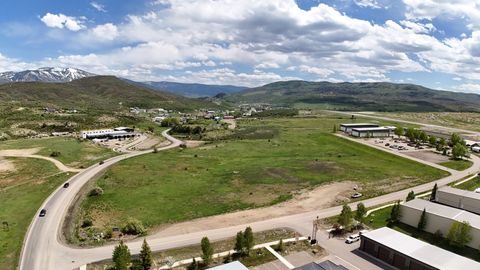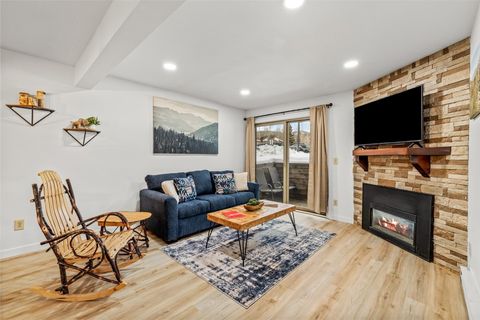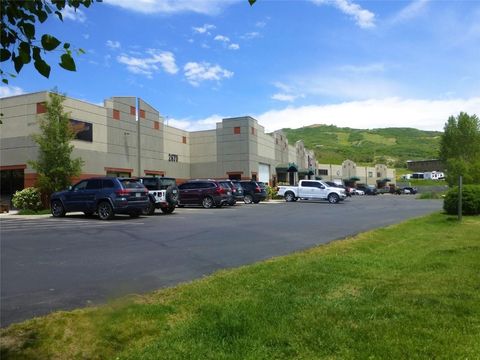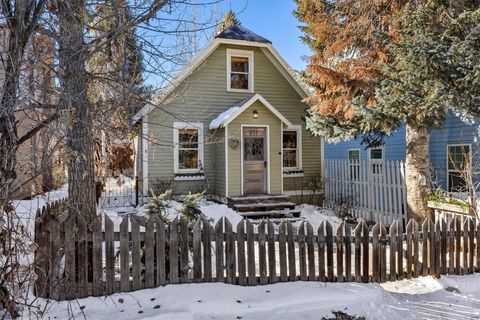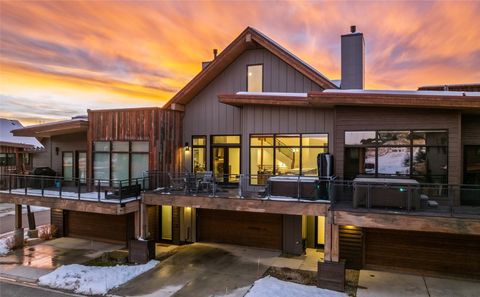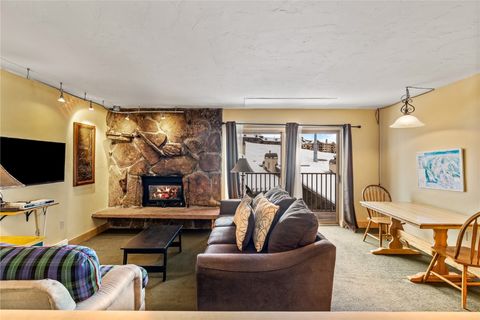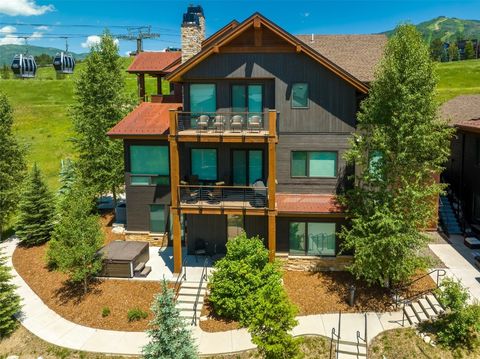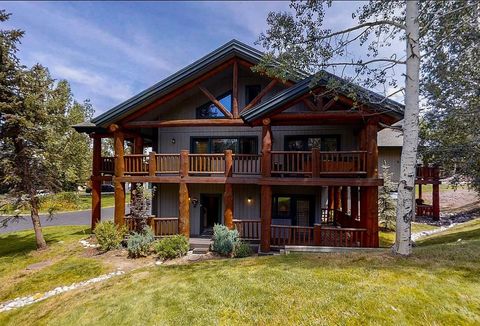Wednesday, June 30, 2010
April housing statistics are very strong, but will they last?
April housing statistics are very strong, but will they last?
Housing statistics for April 2010 improved in many areas. Many of those improvements are directly related to the April 30 deadline to take advantage of the government’s home buyer tax credit. Now that the deadline has passed, we are all anxious to see what is in store for the housing market. Some experts believe that the seasonal increase that usually happens during the summer came early; that the tax credit didn’t necessarily bring more buyers, but instead prompted buyers who would have bought this summer to buy sooner. David M. Blitzer, Chariman of the Index Committe at Standard & Poor’s, predicts, “Now that the tax incentive ended on April 30th, we don’t expect to see a boost in relative demand” (www.standardandpoors.com).
Keeping in mind that Real Estate is local and that these predictions will come true in some areas, not at all in others, and mildly in others, we all wonder if these numbers are the beginning or the end of a positive trend. Below are the highlights of what happened in Colorado Real Estate during March and April.
• Denver’s sold prices improved 4.1 percent from March 2009 to March 2010, according to the S&P/Case-Shiller Home Price Index.
• The average sold price for residential and condominium sales in the Denver Metro area increased 7.3 percent from April 2009 to April 2010. The average sold price increased slightly 0.7 percent from March 2010 to April 2010.
• The sales volume for residential and condominium sales in the Denver Metro area increased 23.5 percent from April 2009 to April 2010. It increased 16.3 percent from March 2010 to April 2010.
• The inventory of residential homes and condominiums for sale in the Denver Metro area at the end of April was 20,943 homes. This represents a 5.0 month-supply at the current sales pace.
• The number of residential homes and condominiums which were under contract increased 27.6 percent from April 2009 to April 2010.
• The average list price of residential homes and condominiums fell 12.5 percent from April 2009 to April 2010. In April 2009, the average list price was $477,255. In April 2010, it was $419,717.
• The percentage of listings sold increased 11.2 percent from March 2010 to April 2010.
• Average days on market during April 2010 was 80 days — the lowest it’s been all year.
Source: Denver Metrolist. Based on Information from Metrolist, Inc. for the period 4-1-2009 through 4-30-2010. NOTE: This representation is based in whole or in part on data supplied by Metrolist, Inc. Metrolist, Inc does not guarantee nor is in any way responsible for its accuracy. Data maintained by Metrolist, Inc. may not reflect all real estate activity in the market. S&P/Case-Shiller Home Price Indices. More information can be found at: www.standardandpoors.com
New home sales jump up
National new home sales increased 14.8 percent in April to a seasonally-adjusted annual rate of 504,000 units, according to the U.S. Commerce Department. National Association of Home Builders (NAHB) Chief Economist David Crowe analyzes the jump in new home sales, “It stands to reason that this activity will level off over the next few months, as sales that would have occurred during that time were likely pulled forward to meet the April deadline. That said, today’s favorable home buying conditions, the recovering job market and reviving consumer confidence should help take the place of tax incentives to generate buyer demand.” (www.nahb.org). In the West, new home sales rose 21.7 percent during April 2010.
The chart below shows the national trend in new homes sales since June 2008, which illustrates the recent increase in new home sales.
Source: U.S. Census Bureau. More information can be found at: www.census.gov
Homes still sell in less than 30 days
Is it really possible for a home to sell in less than thirty days in this market?
Even though it may seem hard to believe, it is possible. Sellers and buyers must remember that the home that is priced right and shows well, from the very first day it is listed, is the one that sells right away. There is a small window of opportunity at the beginning of a listing, in which the home has the best chance of selling for the most amount of money. It is critical to have your home priced right during that time in order to make the most money possible on your home. This is true in every market.
The chart below illustrates the days on market for residential homes and condominiums that sold in the Metro Denver area between January 1, 2010 and April 30, 2010.
In our current market, thirty-eight percent of homes sold in thirty days or less.
Source: Denver Metrolist. Based on Information from Metrolist, Inc. for the period 1-1-2010 through 4-30-2010. NOTE: This representation is based in whole or in part on data supplied by Metrolist, Inc. Metrolist, Inc does not guarantee nor is in any way responsible for its accuracy. Data maintained by Metrolist, Inc. may not reflect all real estate activity in the market.
By the numbers
14.8% – The increase in new home sales throughout the nation between March 2010 and April 2010. Sales increased 47.8 percent from April 2009 to April 2010. – www.Census.gov
$250,605 – The average sold price of residential homes and condominiums in the Metro Denver area for April 2010, which is 7.3 percent above the April 2009 average when it was $233,482. – www.MyMLS. com
23.5% – The increase in the number of Metro Denver area residential homes and condominiums sold from April 2009 to April 2010. During April 2010, there were 4,188 sold. –www.MyMLS. com
7.6% – The increase in existing-home sales, including single-family, townhomes, condominiums, and co-ops in the nation between March 2010 and April 2010. The 5.77 million-unit level in April 2010 was 22.8 percent above the 4.70 million-unit level in April 2009. –www.Realtor.org
11.5% – The increase in the nation’s total housing inventory from March 2010 to April 2010. At the end of April 2010, there were 4.04 million existing homes available for sale. This represents an 8.4-month supply at the current sales pace. – www.Realtor.org
$173,100 – The national median existing-home price for all housing types in April 2010. The median price is up 4.0 percent from April 2009. – www.Realtor.org
$173,400 – The national median existing single-family home price in April 2010; 4.5 percent higher than it was in April 2009. – www.Realtor.org
7.4% – The increase in single-family home sales in the nation from March 2010 to April 2010. Sales rose to a seasonally-adjusted annual rate of 5.05 million – that’s 20.5 percent more than the 4.19 million-unit rate in April 2009. – www.Realtor.org
$171,000 – The national median existing condo price in April 2010, which was 0.6 percent lower than it was in April 2009. – www.Realtor.org
9.1% – The jump in existing condominium and co-op sales for the nation from March 2010 to April 2010. Sales in April 2010 were at a seasonally-adjusted annual rate of 720,000 units; 42.3 percent higher than the 506,000-unit sales pace in April 2009. – www.Realtor.org
5.2% – The increase in existing-home sales in the West from April 2009 to April 2010. Sales in April 2010 were at a seasonally-adjusted annual rate of 1.21 million; 6.2 percent lower than they were in March 2010. – www.Realtor.org
$212,400 – The median existing-home sales price in the West during April 2010, which was 3.8 percent higher than it was in April 2009. – www.Realtor.org
Vital signs
Sources: Denver Metrolist, Freddie Mac, Colorado Department of Labor and Employment Based on Information from Metrolist, Inc. for the period 1-1-2009 through 4-30-2010. NOTE: This representation is based in whole or in part on data supplied by Metrolist, Inc. Metrolist, Inc. does not guarantee nor is in any way responsible for its accuracy. Data maintained by Metrolist, Inc. may not reflect all real estate activity in the market.”








